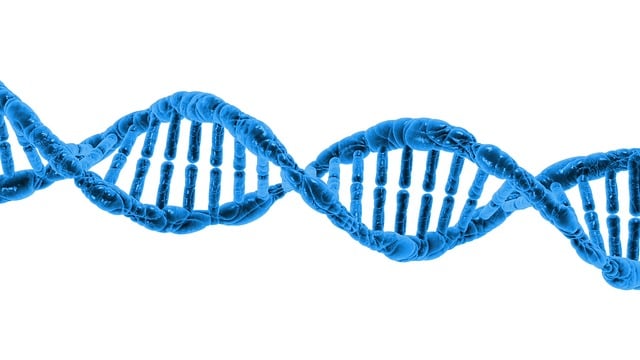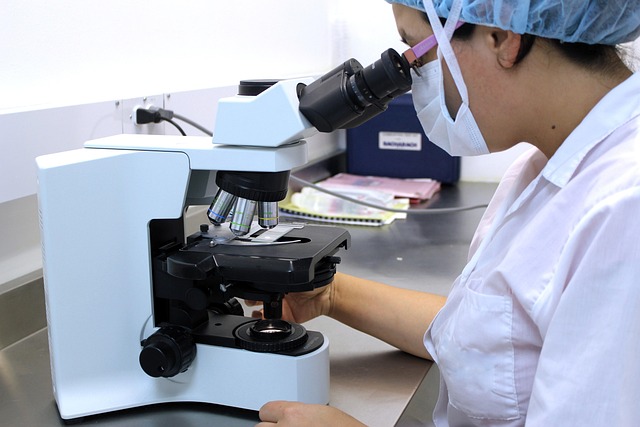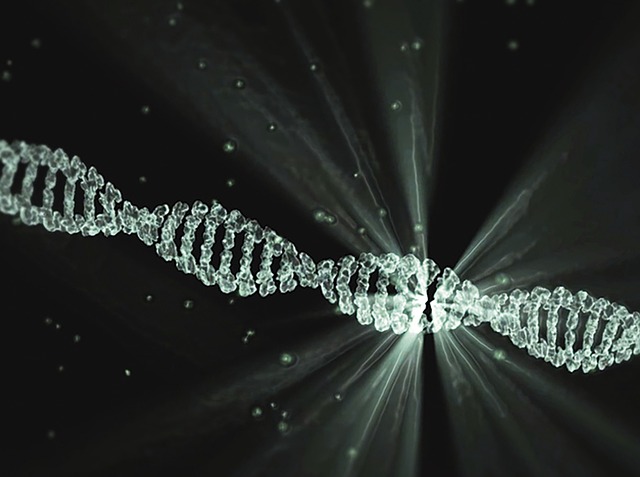Trisomy is a genetic condition characterized by the presence of an extra chromosome. This means that the affected person has three copies of the 21st chromosome instead of two. The most common forms of trisomy are Down syndrome, Patau syndrome, and Edward syndrome. Currently, there are no treatments for this condition, which occurs in around 1 in every 700 live births. However, according to a new in vitro proof-of-concept study, trisomy may one day be treated at a cellular level using advanced gene editing techniques.
Using Gene Editing to Remove the Extra Chromosome

The researchers used a gene-editing system called CRISPR-Cas9. This specific system utilizes an enzyme that recognizes particular DNA sequences. Once a matching site has been located, the enzyme cuts through the strands of DNA. Using carefully designed CRISPR guides, the researchers are able to target only the unwanted chromosomes. Using the CRISPR-Cas9 gene editing system, the research team, led by Ryotaro Hashizume, cleaved the third chromosome in trisomy cell lines. These cell lines were derived from skin fibroblasts and pluripotent cells.
Using this technique, the researchers were able to identify which of the chromosomes had been duplicated. This is a vital step that ensures they do not end up with two identical copies of the cell after removal, but are rather left with one copy from each parent. They showed that duplicate chromosomes were to be removed from both the fibroblasts and the pluripotent stem cells. The researchers noted that the rate of duplicate chromosome elimination could be increased by suppressing chromosomal DNA repair ability.
Read More: Is There Birth Control for Men? Exploring All Current and Upcoming Methods
Results of the Study

The researchers found that snipping out the unwanted copy typically normalized gene expression in the lab-grown cells. The cells that had been treated reverted to normal protein manufacturing patterns. In certain tests, the cells also exhibited higher survival rates, revealing that the extra genetic burden had effectively been relieved. However, this technique won’t be available to the public anytime soon, and many more tests are still required. However, the researchers are now wondering if similar edits could be done to cells found in the brain and other bodily tissues. They are also intrigued by the possibility of trimming the excess genetic material present in nondividing cells.
The team then examined changes in gene activity after the removal of the extra chromosome in follow-up tests. They found that the activity of genes linked to the development of the nervous system increased, whereas those tied to metabolism decreased. According to the team, this noticeable gene expression shift may help explain how the cell’s overall behavior is affected by chromosomal imbalance correction. It also bolsters prior findings that indicated that extra copies of the 21st chromosome disrupted brain development during the early fetal growth stage.
Future Down Syndrome Therapies

If subsequent studies can confirm these initial results, new therapies could potentially be designed that inhibit genetic overload at the source. However, experts in this field have stressed that these preliminary results do not guarantee an easy path towards therapy development. Yet, these studies indicate how the gene-editing technology could help address important genetic irregularities that result in conditions such as Down syndrome. Their next step is to analyze the risks associated with these DNA changes. They will also examine how modified cells function over time and if they remain healthy in real-world scenarios.
Read More: Scientists Use CRISPR to Eliminate HIV from Human Immune Cells

